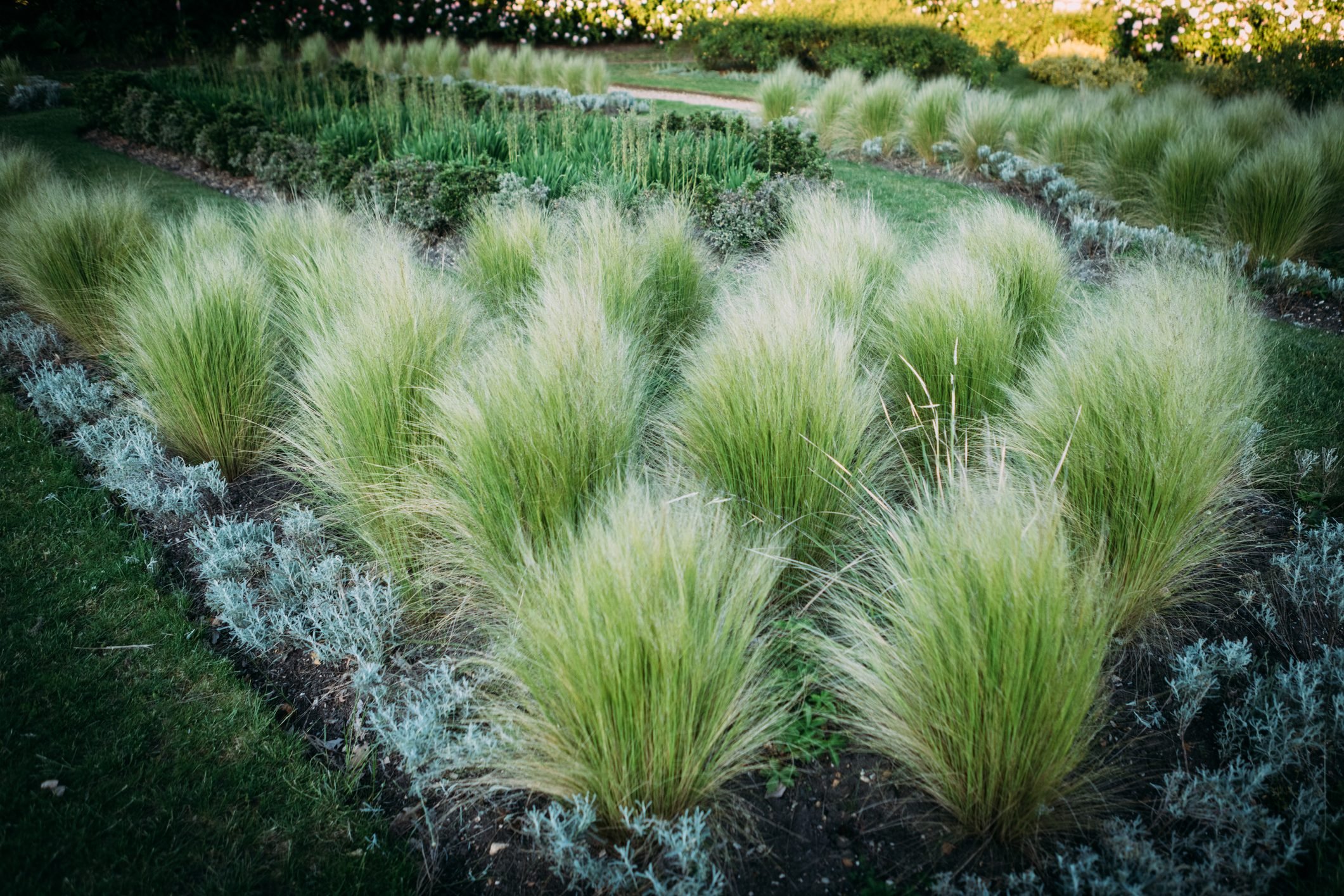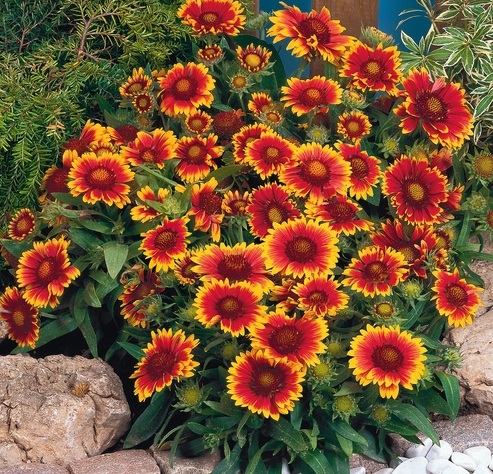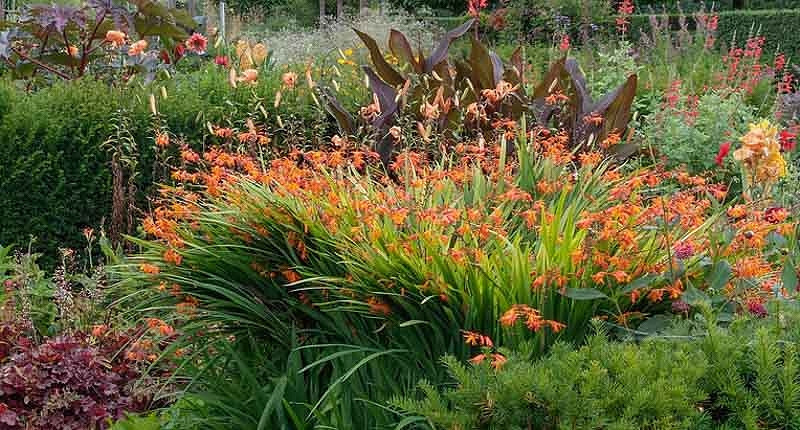Agapanthus Companion Plants That Will Make Your Garden Pop
Agapanthus Companion Plants That Will Make Your Garden Pop
Agapanthus, also known as African lilies, are popular summer-blooming perennials that are known for their showy clusters of blue, white, or purple flowers. They are relatively easy to care for and can thrive in a variety of climates. However, one of the best ways to make your agapanthus garden really pop is to plant it with complementary companion plants.
When choosing companion plants for agapanthus, there are a few factors to keep in mind. First, consider the size and shape of the agapanthus plants. They can range in height from 1 to 6 feet, so you'll need to choose companion plants that will complement their size. You'll also want to consider the color of the agapanthus flowers. If you have blue agapanthus, you might want to plant it with yellow or orange flowers to create a striking contrast. If you have white agapanthus, you could plant it with purple or pink flowers for a more subtle look.
Another important factor to consider is the sunlight requirements of the companion plants. Agapanthus need full sun to partial shade, so you'll want to choose companion plants that have similar needs. If you live in a hot climate, you might want to choose drought-tolerant companion plants.
Here are a few of our favorite agapanthus companion plants:
- Ornamental grasses: Ornamental grasses add height and texture to a garden, and they can also help to disguise the agapanthus's bare stems in the winter. Some good choices include Miscanthus sinensis 'Morning Light', Stipa tenuissima, and Pennisetum alopecuroides 'Hameln'.

- Crocosmia: Crocosmia is a summer-blooming bulb that produces bright orange or red flowers. It's a good choice for adding a splash of color to a garden.
- Gaillardia: Gaillardia is another summer-blooming perennial that produces daisy-like flowers in a variety of colors, including red, orange, yellow, and pink. It's a hardy plant that can tolerate heat and drought.

- Echinacea: Echinacea is a native North American plant that produces daisy-like flowers in shades of pink, purple, and white. It's a popular choice for herbal teas and supplements, and it's also a good addition to a pollinator garden.
- Salvia nemorosa: Salvia nemorosa is a low-growing perennial that produces spikes of blue, purple, or white flowers in the summer. It's a good choice for adding color to the front of a border or in a rock garden.
These are just a few of the many companion plants that you can choose for your agapanthus garden. With a little planning, you can create a beautiful and colorful display that will last all summer long.
Conclusion
Agapanthus are beautiful plants that can add a touch of elegance to any garden. By planting them with complementary companion plants, you can create a truly stunning display. With a little planning, you can have a garden that will pop with color all summer long.
Agapanthus, also known as African lilies, are beautiful and long-blooming perennials that can add a touch of elegance to any garden. But what if you want to add even more color and interest to your agapanthus planting? That's where companion planting comes in.
Companion planting is the practice of planting different types of plants together in order to create a more harmonious and attractive garden. When choosing companion plants for agapanthus, there are a few things to keep in mind. First, you'll want to consider the size and growth habit of the plants. Agapanthus can grow quite large, so you'll need to choose companion plants that won't be overshadowed.
Second, you'll want to consider the color of the plants. Agapanthus come in a variety of colors, so you can choose companion plants that complement or contrast with the flowers. For example, if you have blue agapanthus, you could plant orange daylilies or yellow crocosmia for a striking contrast. Or, if you have white agapanthus, you could plant purple coneflowers or lavender salvia for a more subtle look.
Finally, you'll want to consider the sun exposure and soil conditions of your garden. Agapanthus prefer full sun and well-drained soil. So, when choosing companion plants, make sure they have similar requirements.
If you're looking for more information about agapanthus companion plants, I recommend visiting Gardenia Inspiration. This website has a wealth of information on a variety of gardening topics, including companion planting.
FAQ of agapanthus companion plants
null
Image of agapanthus companion plants
- Ornamental grasses: Ornamental grasses add height and texture to a garden, and they can also help to disguise the dying foliage of agapanthus in the fall. Some good options include miscanthus, pampas grass, and fountain grass.

- Rudbeckia: Rudbeckias are bright yellow flowers that bloom in the summer. They are a good choice for companion plants because they have similar growing conditions to agapanthus.

- Goldenrod: Goldenrod is another yellow flower that blooms in the summer. It is a good choice for companion plants because it attracts butterflies and other pollinators.

- Crocosmia: Crocosmia is a colorful flower that blooms in the summer. It is a good choice for companion plants because it can tolerate some shade, which agapanthus does not like.

- Lavender: Lavender is a fragrant flower that blooms in the summer. It is a good choice for companion plants because it can repel pests, which can be a problem for agapanthus.


Post a Comment for " Agapanthus Companion Plants That Will Make Your Garden Pop"